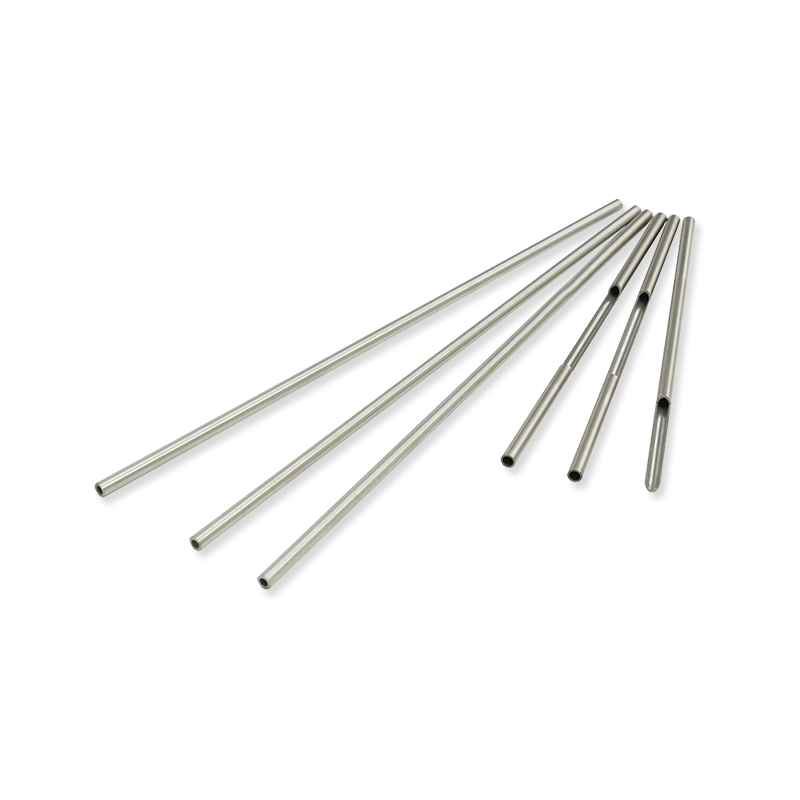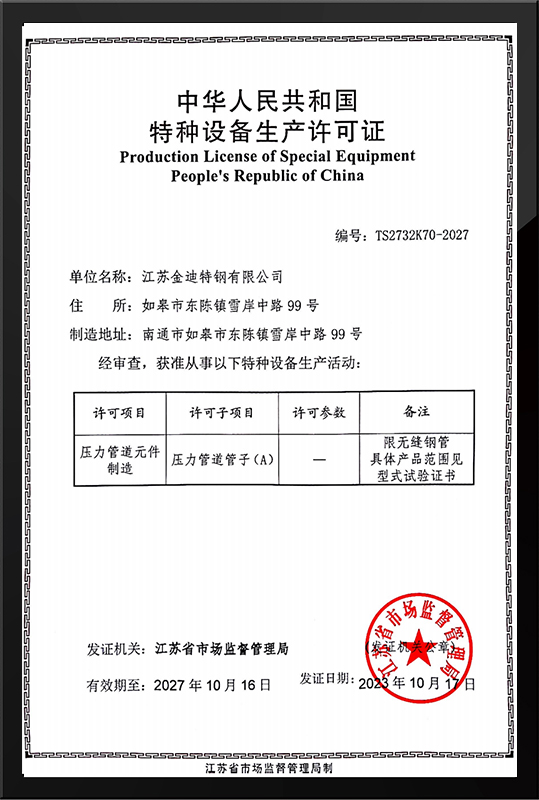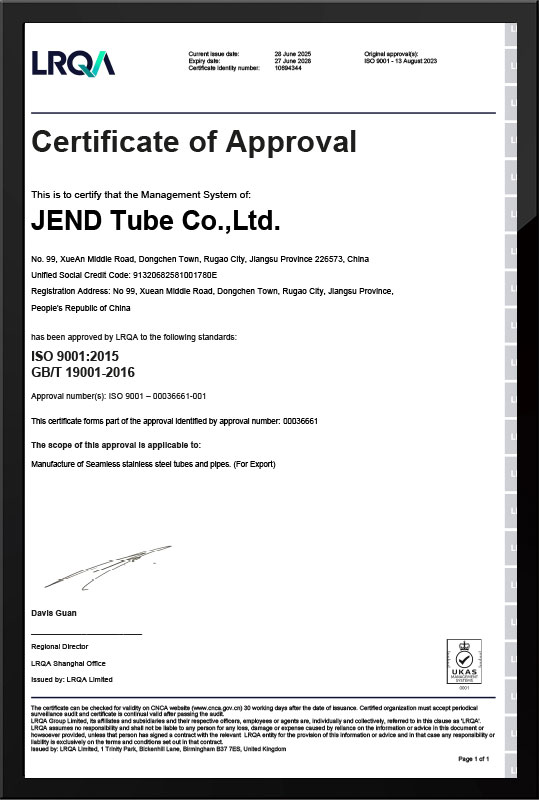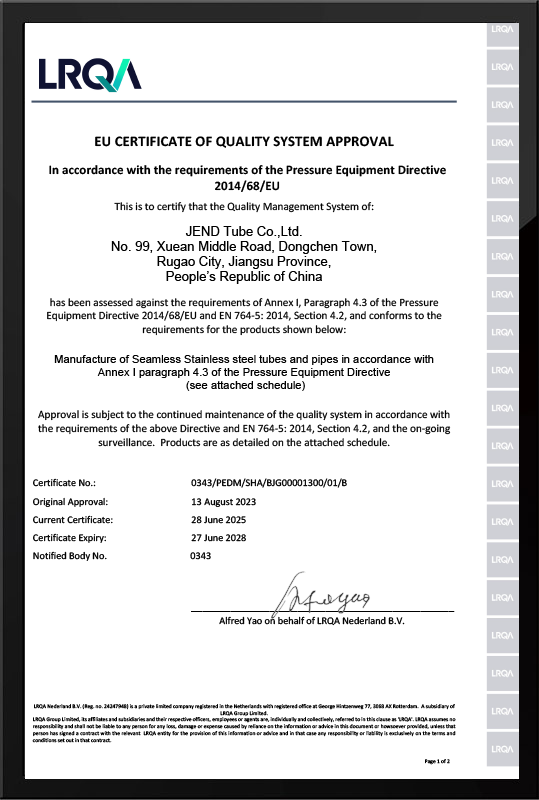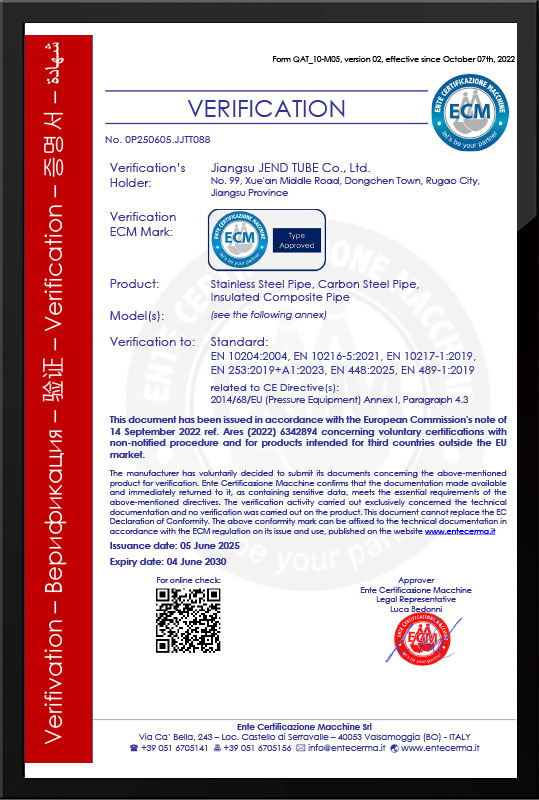We understand the challenges of various industries, and manufacture reliable quality products through top-notch equipment and professional production technology, so that customers' ideas can be quickly realized.
Grade 316 stainless steel is the standard molybdenum-bearing austenitic stainless steel, ranking just below Grade 304 in overall importance among austenitic stainless steels. The addition of molybdenum improves general corrosion resistance over 304, particularly enhancing resistance to pitting and crevice corrosion in chloride environments. It offers excellent forming and welding characteristics, making it suitable for components formed by bending or rolling in industries such as construction, industrial manufacturing, and transportation. 316 stainless steel also features outstanding weldability, and post-weld annealing is not required for thin-section components.
Grade 316L, corresponding to UNS S31603 (EN 1.4404), features a maximum carbon content of 0.03%, lower than the 0.08% in standard 316, thereby offering superior resistance to intergranular corrosion. This makes 316L suitable for applications where carbide precipitation must be avoided. It is extensively used in welded components, combining its low carbon content with excellent welding performance for optimal resistance in general corrosive environments, especially in heavy-duty parts.
316H stainless steel pipe is produced from higher carbon 316 material. As an austenitic stainless steel containing chromium and nickel, some variations may include titanium for enhanced acid resistance. 316H seamless pipes are widely used due to their dimensional precision and high-temperature performance. The increased carbon content provides greater toughness. However, in AISI 316H welded pipe applications, excessive carbide precipitation during welding may reduce corrosion resistance.
316Ti stainless steel is a stabilized version of Grade 316 and is one of the two recommended stainless steels for high-temperature service. This grade includes a small amount of titanium (typically around 0.5%), which helps prevent carbide precipitation even after prolonged exposure to elevated temperatures.
316Ti also contains molybdenum, which—like in other 316 grades—enhances corrosion resistance, especially against chloride-induced pitting. Titanium addition further improves its high-temperature stability, preventing sensitization. This alloy also withstands exposure to sulfuric acid, hydrochloric acid, and acid sulfates. Common applications include heat exchangers, pulp and paper mill equipment, and marine structural components.


 한국어
한국어 русский
русский عربى
عربى
